Discover 11 hidden attractions, cool sights, and unusual things to do in Aviles (Spain). Don't miss out on these must-see attractions: Oscar Niemeyer International Cultural Centre, Balsera Palace, and Camposagrado Palace. Also, be sure to include Ferrera Palace in your itinerary.
Below, you can find the list of the most amazing places you should visit in Aviles (Asturias).
Table of Contents
Oscar Niemeyer International Cultural Centre
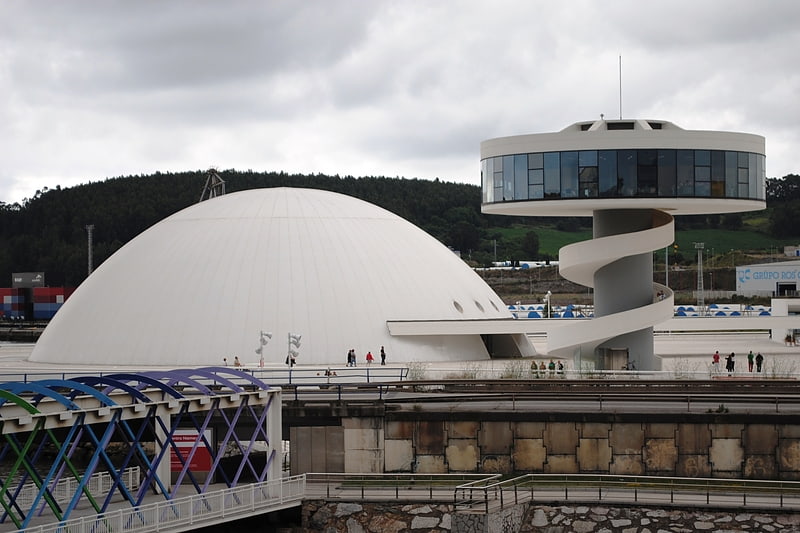
Also known as: Centro Cultural Internacional Oscar Niemeyer
Cultural center in Spain. The Oscar Niemeyer International Cultural Centre, or Centro Niemeyer, is a cultural centre complex designed by the Brazilian architect Oscar Niemeyer and an international project. The centre is located on the estuary of Avilés, Asturias, in northwest Spain. It was inaugurated on 26 March 2011.
Its imposing size and its white, red and yellow exterior make it a highly visible landmark on the town's landscape.[1]
Address: Aviles, Avda. del Zinc
Balsera Palace

Also known as: Palacio de Balsera
Conservatory of music in Avilés, Spain. Balsera Palace or Sendón is located in the town of Avilés in Asturias, Spain. Formerly a private residence, it now houses the Julián Orbón Municipal Conservatory of Music.
The palace was built in the early twentieth century, in 1909, by the Pontevedran architect Antonio Palacios for Victoriano Fernández Balsera, a wealthy merchant from Avilés. The building is in the Art Nouveau style popular at the time in Catalonia. One of the outstanding interior features is the V-shaped staircase opening toward the first floor. The flat roof and tower balcony afford a view of the historic city below. Originally it had massive gardens on the scale of Versailles, but only a fragment of them remains.
It is profusely decorated and the interior is kept in perfect condition. The building was purchased by the city in 1982 and the interior was renovated in 1984 and 1997 keeping its original layout and configuration. Between 2011 and 2012, the exterior façades were restored to address the continuing deterioration from pollution and environmental conditions and the interior was repainted.
It was declared a Culturally important monument on 3 October 1991.[2]
Camposagrado Palace
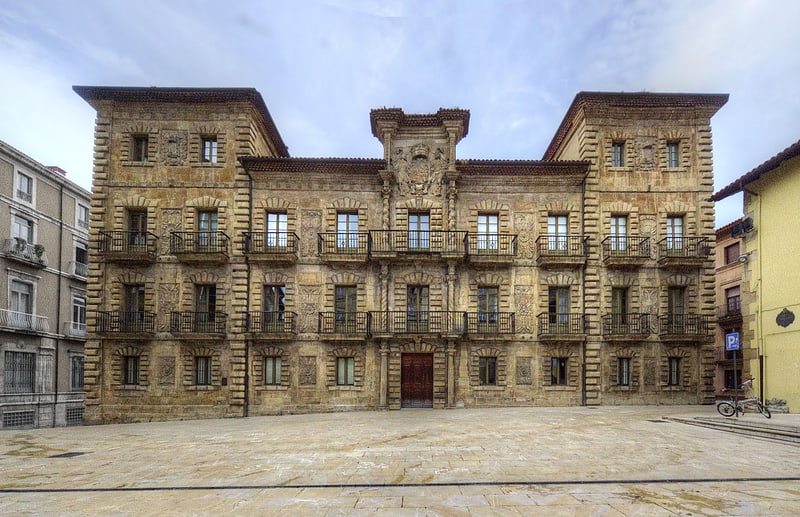
Also known as: Palacio de Camposagrado
Camposagrado Palace is a baroque-style palace located in Avilés in Asturias, Spain. It was constructed on the site of a medieval building and used by the family of the Marquises of Camposagrado until the nineteenth century when it became a military barracks. In the twentieth century, the property was partially used for commercial purposes, but after acquisition and restoration by the City Council of Avilés, it became the School of Art for the Principality of Asturias.[3]
Ferrera Palace
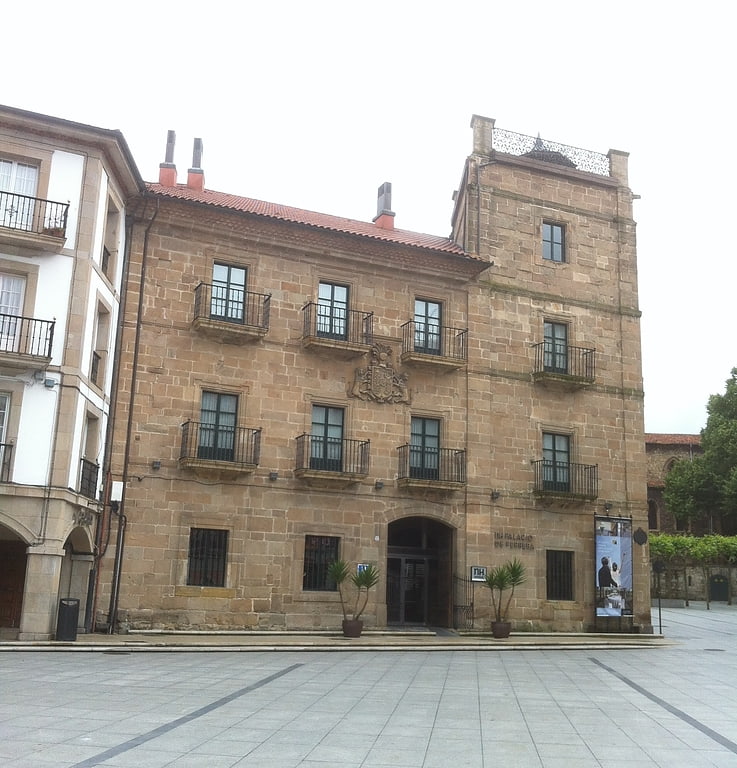
Hotel. The Ferrera Palace is a palace located in the municipality of Avilés, Asturias, Spain. It is one of the oldest Baroque buildings in the province. Since its construction until 1974, it served as the residence of the Marquis and his close relatives, besides being chosen by the Spanish Royal Family when arriving in the area as a guesthouse. In 2003 the building underwent significant renovation and was converted into a five-star hotel by hotel chain NH Hoteles.[4]
Palacio Valdés Theatre

Also known as: Teatro Armando Palacio Valdés
Theatre in Avilés, Spain. The Palacio Valdés Theatre is located in Avilés, Principality of Asturias in Northern Spain. The building was designed by the architect Manuel del Busto at the beginnings of the 20th century. This architect planned a theatre in Neobaroque style with longitudinal layout, in parallel to the front façade because of the technical problems related to the chosen location. The 'First Stone' solemn act took place on 5 August 1900. Clarín, the famous writer was one of the most important people who attended that event. Mainly because of economical problems, the works had to stop several times so that the building was not finished until 20 years later. The inauguration act took place in 1920, when the building received the name of the famous writer Armando Palacio Valdés, "hijo adoptivo" of the town, who attended the first performance.
The theatre was opened between 1920 and 1972, with all sort of performances. It was also used as a cinema. It was closed from 1972 until 1992. Once restored, it started a second, successful life.
On 28 December 1982 it was declared "Bien de Interés Cultural", in the "Monument" category.
At present, it is part of the "La red nacional de teatros".[5]
Address: Calle Palacio Valdés, 4, 33402 Avilés
Museum of Avilés Urban History
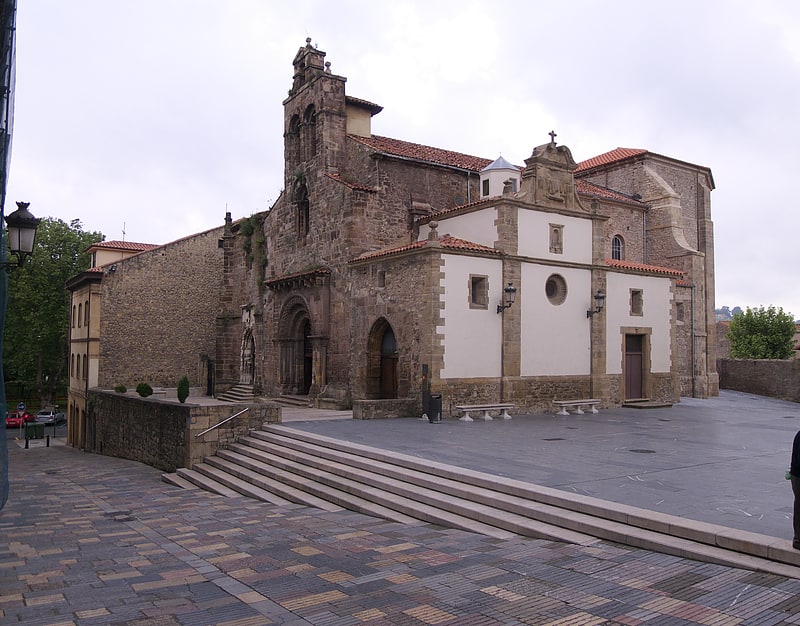
Also known as: Museo de la Historia Urbana de Avilés
Museum in Avilés, Spain. The Museum of Avilés Urban History, is located in the medieval town center of Avilés, Asturias.
The museum follows the history of Avilés with the estuary as its main element.[6]
Address: Calle la Ferrería, 33, 33402 Avilés
Iglesia de los Padres Franciscanos

Church in Avilés, Spain. San Antonio de Padua is a Romanesque-style Franciscan church in Avilés, community of Asturias, Spain. The church has chapels added later to church.[7]
Address: Calle Alfolíes, 1, 33402 Avilés
Maqua Palace
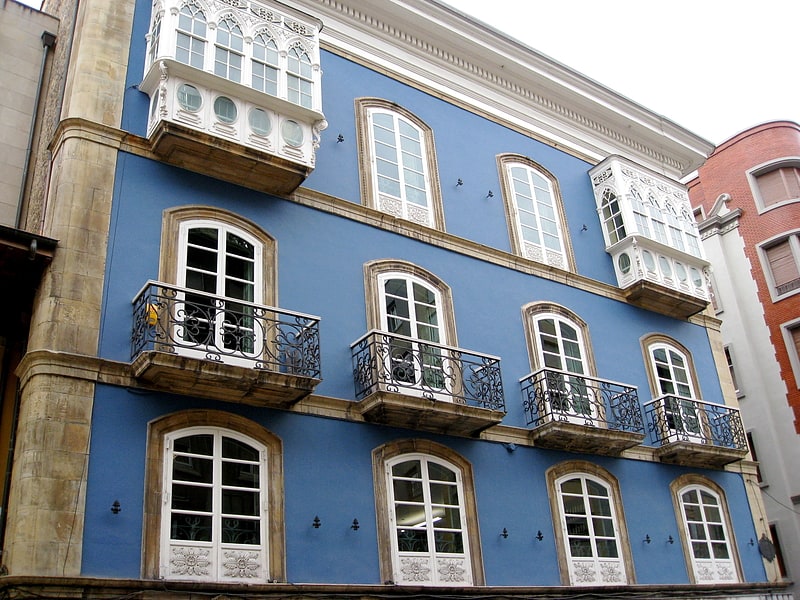
Also known as: Palacio de Maqua
The Maqua Palace is located in the town of Aviles, Asturias, Spain.
The palace was built during the nineteenth and twentieth centuries for the Maqua family. It has three floors; the highlight being the third floor balconies.
The palace was restored between 1983 and 1997 and was declared a culturally important monument on 3 October 1991. In 2006, the façade was restored and renovated for use as municipal offices.[8]
Iglesia de Santo Tomás de Cantorbery
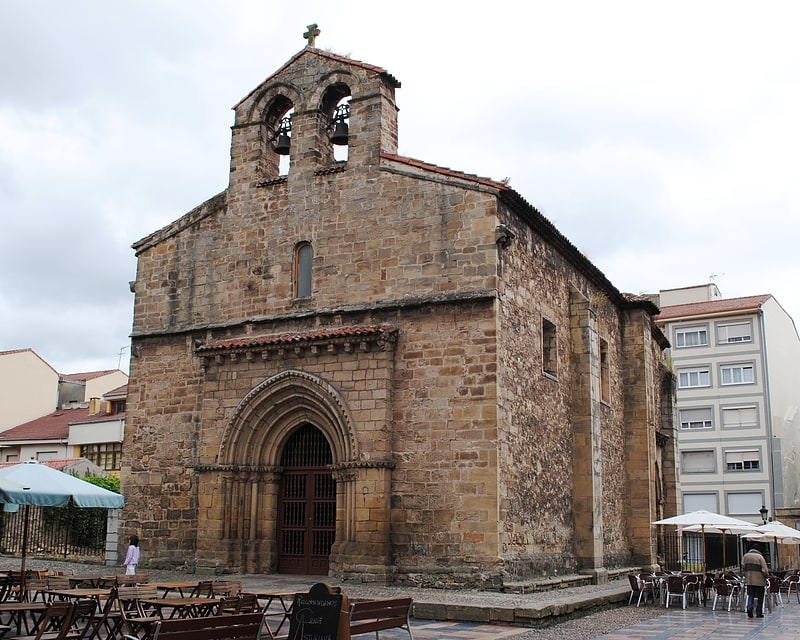
Also known as: Iglesia de Santo Tomás de Canterbury
Church in Avilés, Spain. Iglesia de Santo Tomás de Cantorbery is a church in Asturias, Spain.[9]
Address: Plaza de la Merced, 33400 Avilés
Trasona Reservoir

Also known as: Embalse de Trasona
Reservoir in Spain. The Trasona Reservoir is a reservoir in Asturias, Spain across the Alvares River. It is located in the parish of Trasona, in the municipality of Corvera de Asturias.
The reservoir is property of Arcelor. Its construction was finished in 1957, with the aim of supply water to the steel plant located in Avilés and to the population of the zone. It is also used for sporting purposes. Near the reservoir are located sporting facilities for canoeing. This facilities were improved in 2010 for hosting the Canoe Sprint European Championships.
The reservoir is supplied by the rivers Alvares and Narcea, from this last one thank to the Canal del Narcea, a 27 km channel.[10]
Llano Ponte Palace
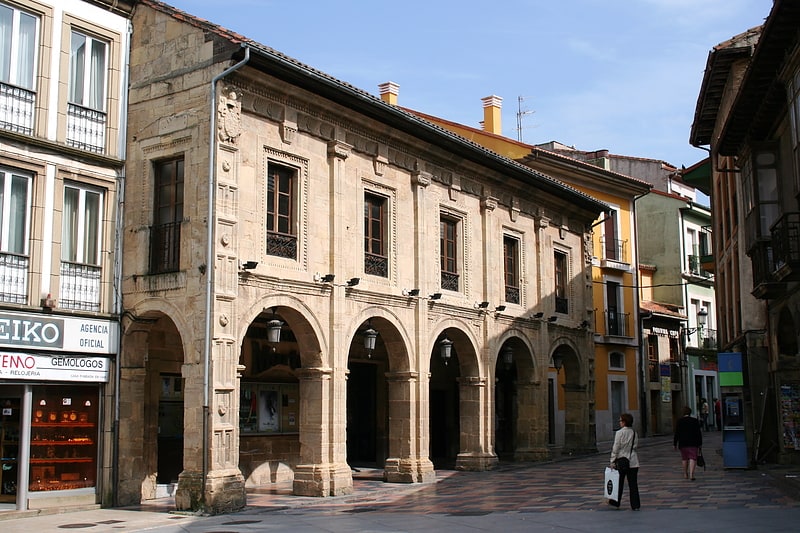
Also known as: Palacio de Llano Ponte
The Llano Ponte Palace is located on the corner of the Spanish Square, in the city of Avilés in Asturias, Spain. The property served as a private home until the 20th century when it became a school, a convent, and finally a theater. It is part of the historic preservation district of Avilés.[11]